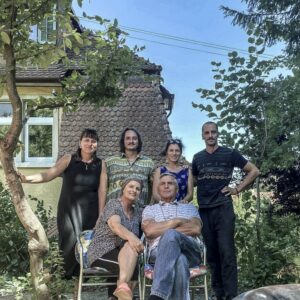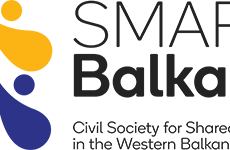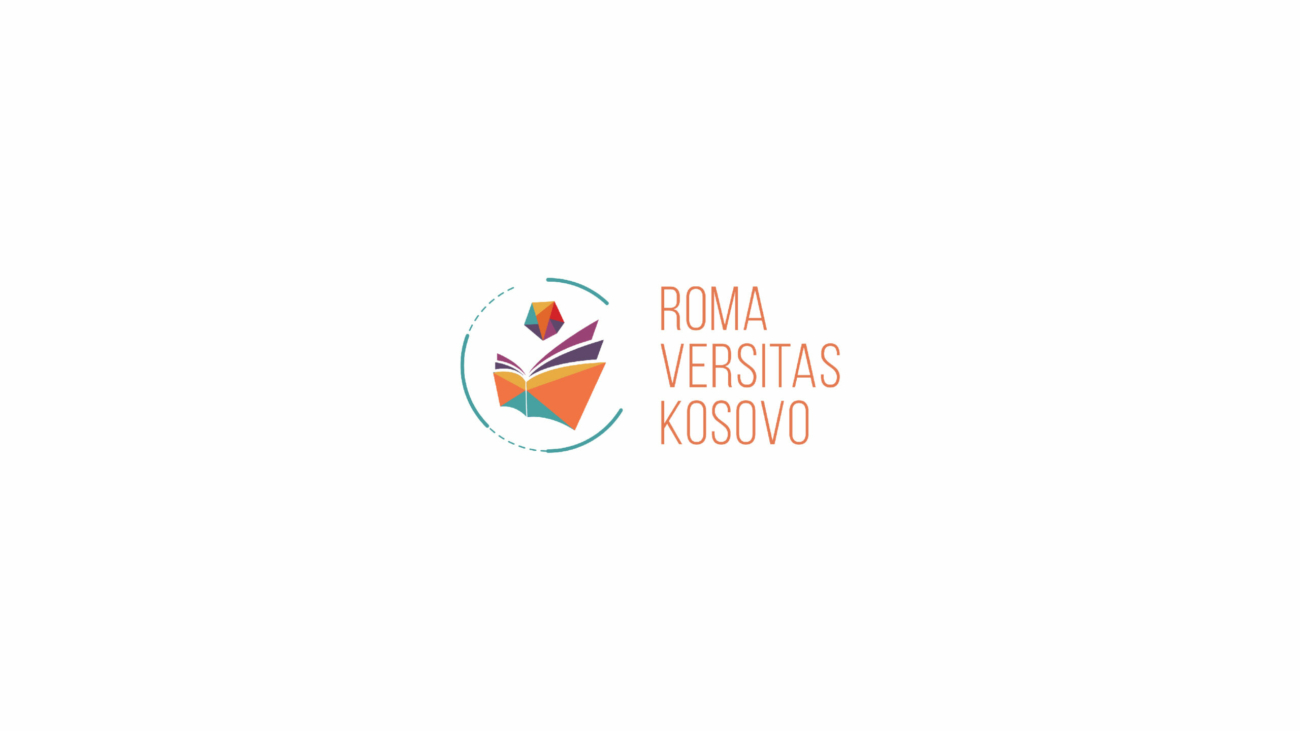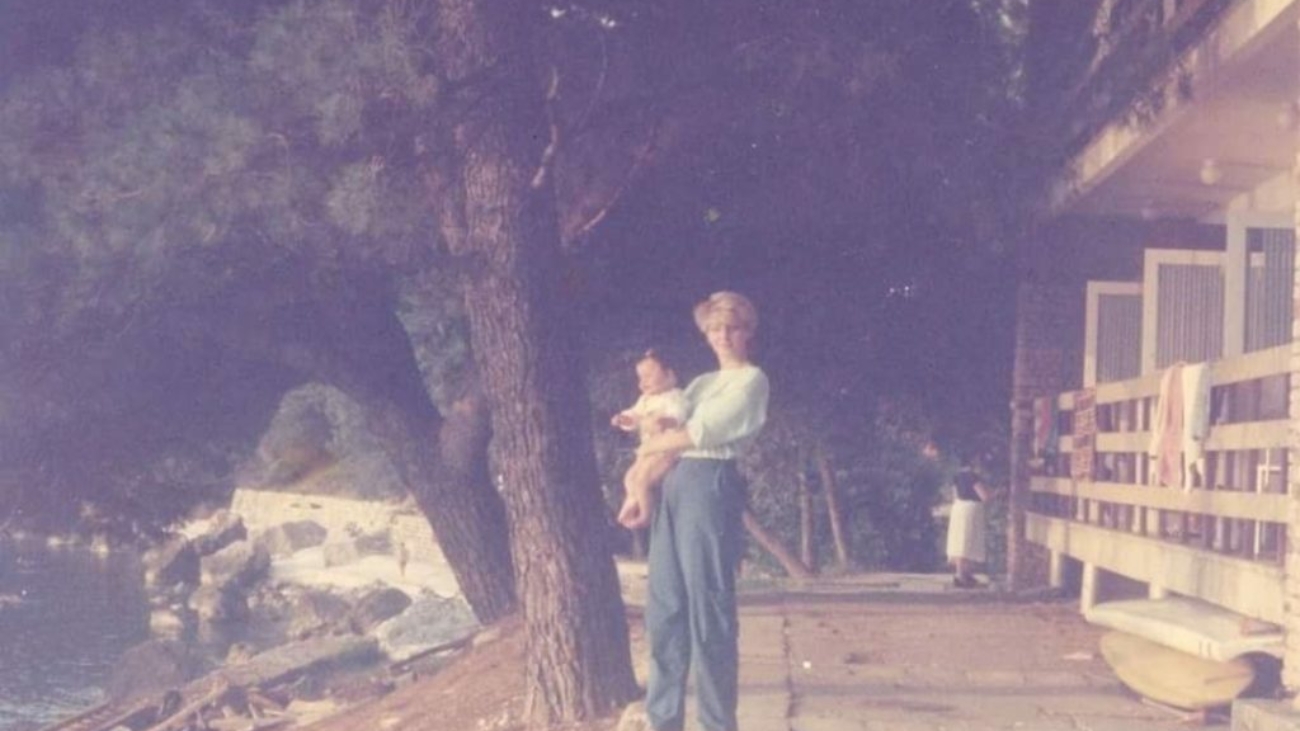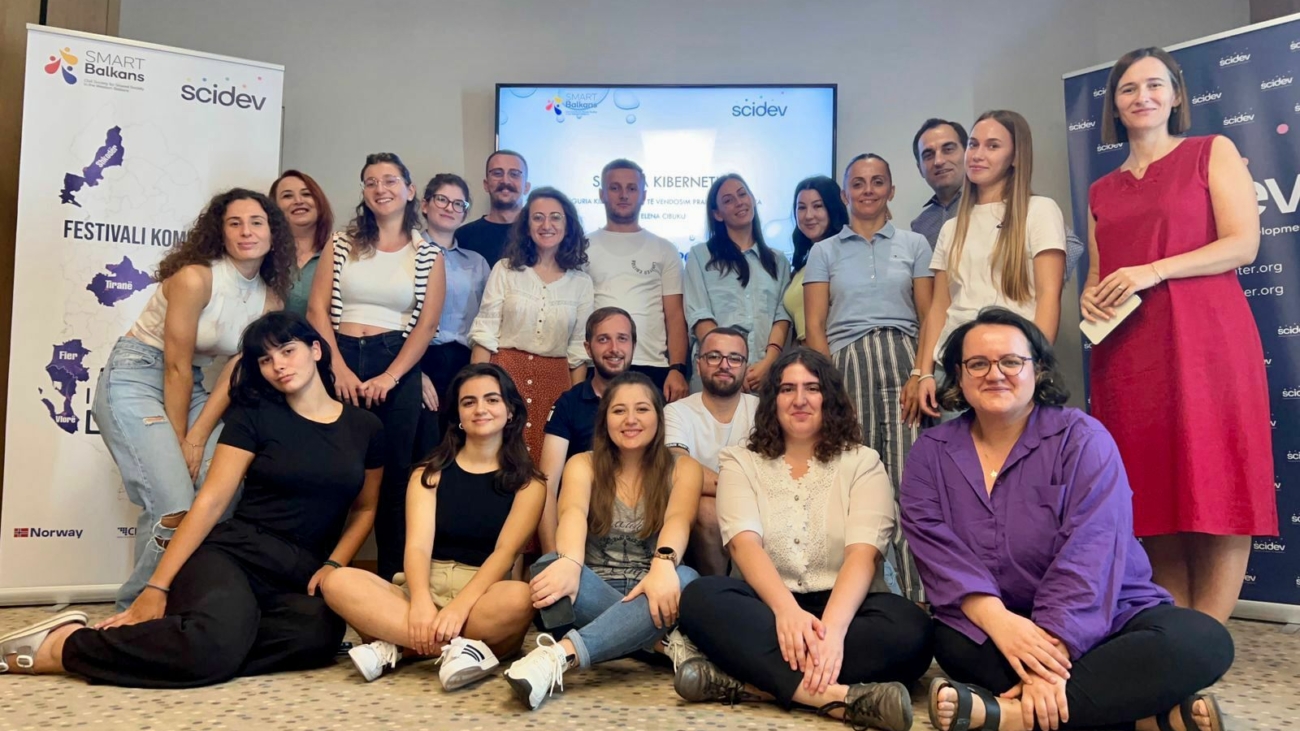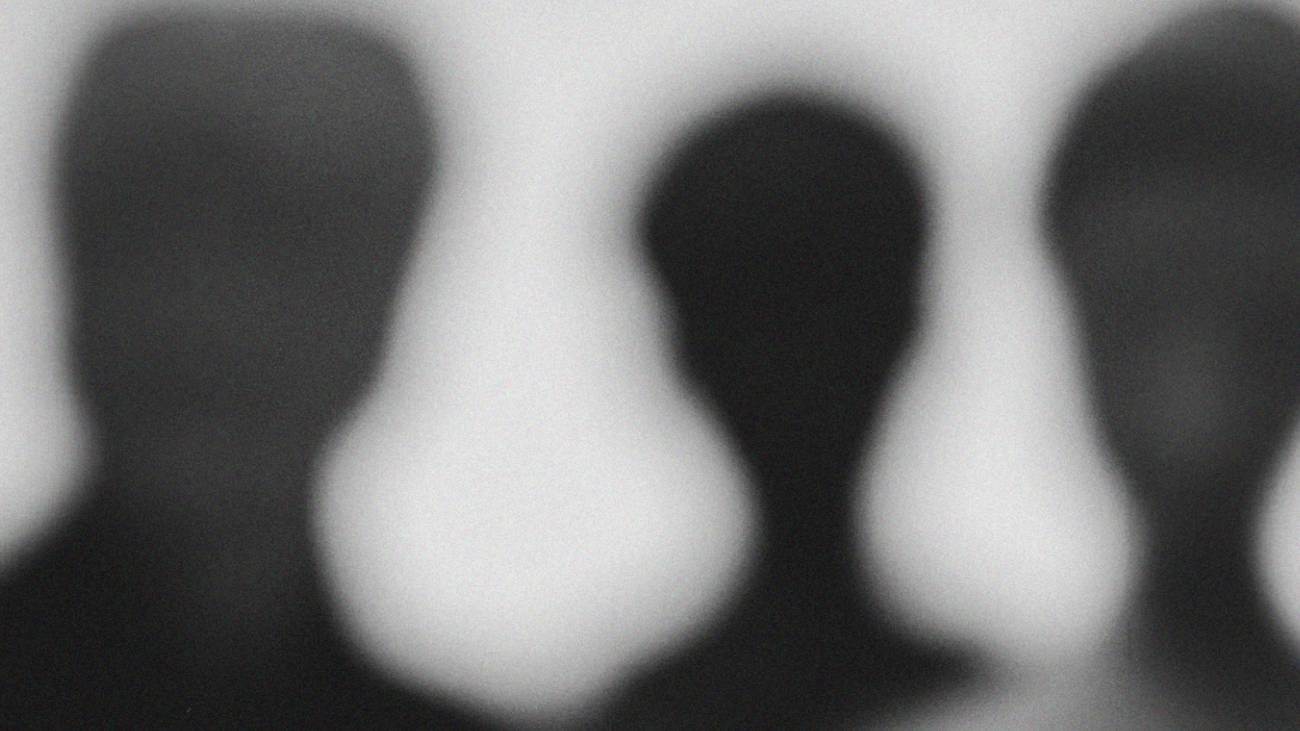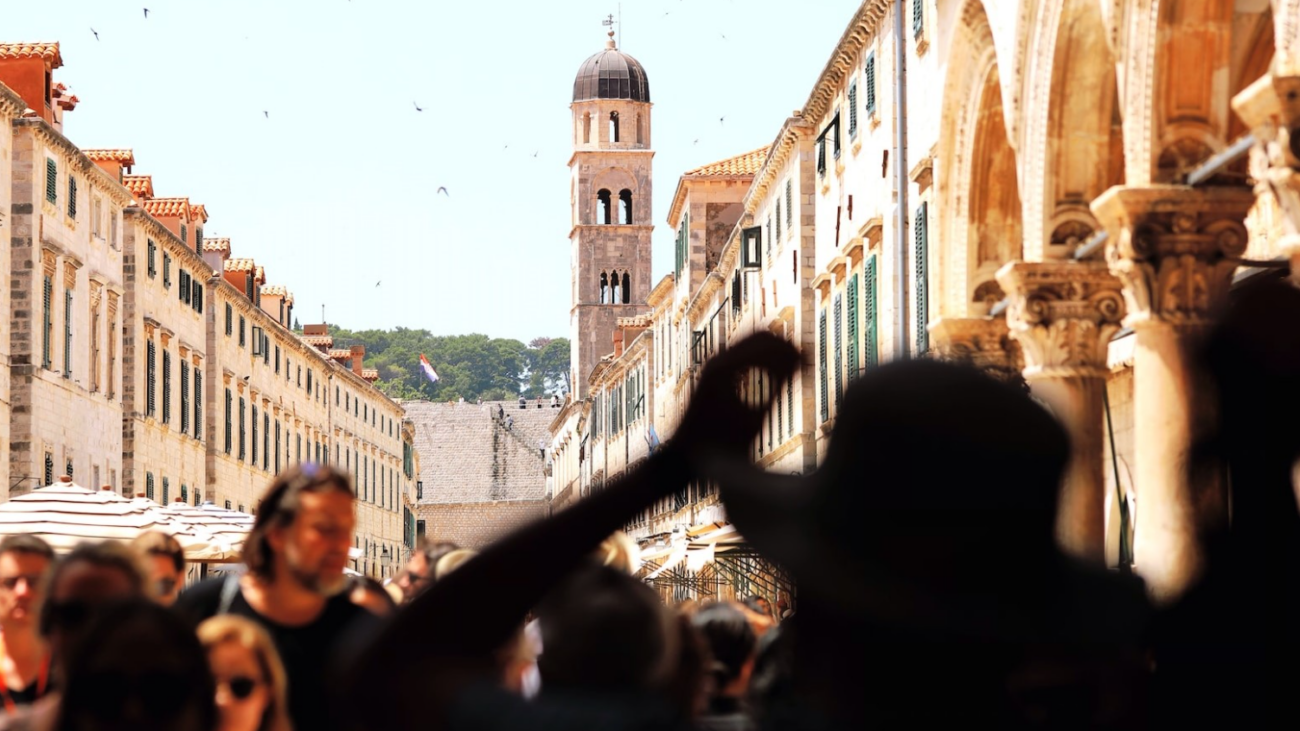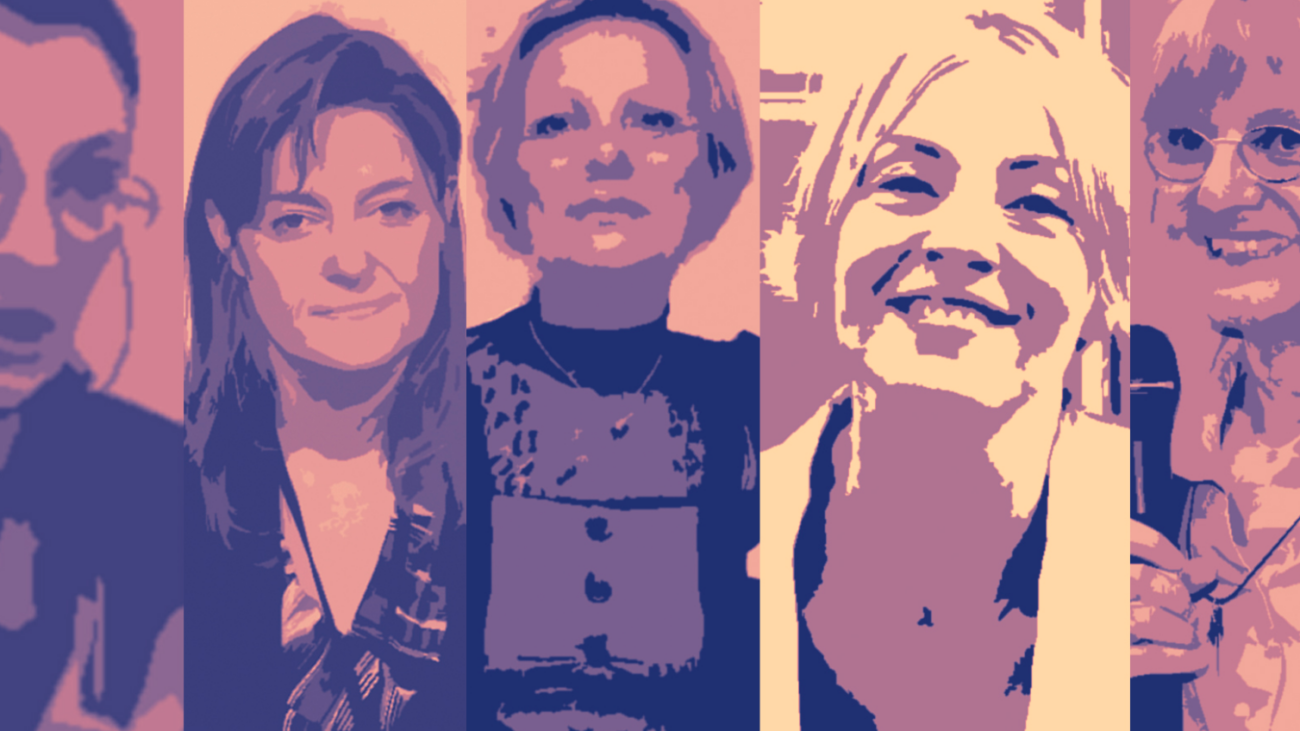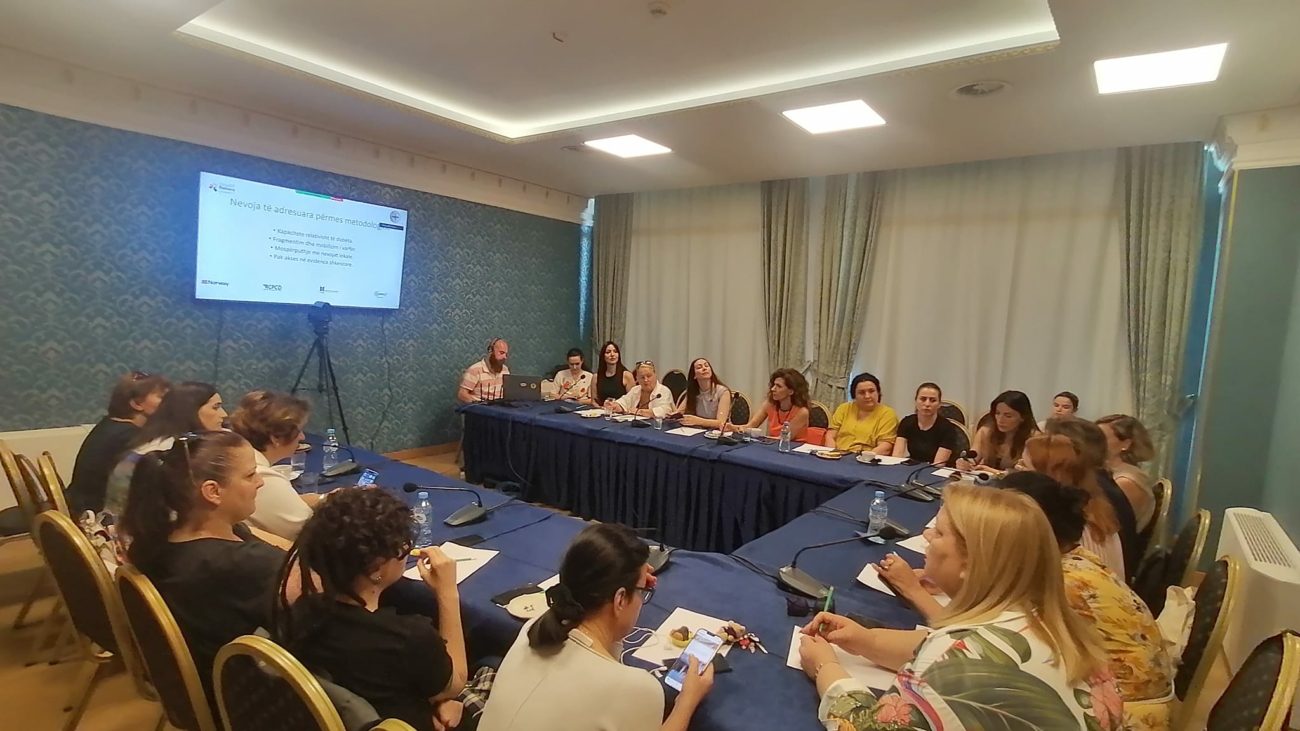“Houses in Prishtina, a house in Golem, a house in Neuhausen. In three places, yet nowhere I call home,” he said. The 66-year-old had planned to spend more time in Prishtina and the beaches of Durrës after retirement, but his wife’s illness and the need to stay close to his four children forced him to stay in Switzerland.
When home is mentioned, Osmani talks passionately about his old house or “the parents’ home,” as he calls it, in Lagja e Muhaxherëve, Prishtina. It was where he learned to stand on his own feet and where he read illegally imported books from 1970s communist Albania.
“I never imagined that I wouldn’t return to Kosovo and stay [in Switzerland]. If someone said that to me when I was younger, there would have been a fight,” joked Osmani, who moved to Switzerland in the 1980s.
Osmani is a social counselor by profession and specializes in the trauma of migration. He has worked as a lecturer and counselor in many Swiss educational, social and health institutions. In 2005, he became the first Albanian in Switzerland to win the four-year parliament member mandate in the canton of Schaffhausen. Despite having integrated and lived in Switzerland for several decades, he and his children maintain strong ties with Kosovo.
Osmani’s story of exile was told on the front page of the Schaffhauser AZ newspaper. In 2018, when the newspaper celebrated its 100th anniversary it had the headline “More than a homeland,” written in Albanian and in red, the German translation: “Albanisch: Mehr als eine Heimat.” Two days before the 10th anniversary of Kosovo’s independence, the newspaper devoted two articles to him: “Ich bin Schweizer” (I am Swiss) with photos of Osmani’s family in Switzerland and Kosovo, and “Der Vater” (The Father), where Osmani and his family speak about their fate and that of many exiled Albanians.
“I left at the age of 24. Here I started a family with an Albanian woman, and my children are in Albanian circles. In addition to my professional life, here I also made connections and friendships with the Swiss — sometimes I even think I was ungrateful,” said Osmani. “As for the many identities, and the many affiliations, I have also motivated young people to move past their problems, but I saw this as a creative thing, and I did not see it as an obstacle.”
From persecution to exile
Kosovar Albanians have a long history of migration and have ended up in various corners of the world. The reasons for migration differ depending on historical periods. During the time of Yugoslavia there were multiple waves of migration. There was a migration agreement with Turkey, economic migration to Switzerland and Germany and migration due to political persecution. Osmani is one of many who migrated because of the latter.
In 1981, Albanians had limited rights in Yugoslavia and protests demanding Kosovo gain the status of republic within Yugoslavia were violently suppressed.Because of his political activity, the Serbian police raided Osmani’s house after the demonstrations. The police did not succeed in arresting him and for several months Osmani hid with his relatives and in the mountains.
Co-founder of the Movement for Equality and Independence of Albanians in the former Yugoslavia (PKMLShJ) in 1978, Osmani was forced to turn his back on his home in November 1981. Together with the activists from PKMLShJ, Faton Topalli, Nazmije Syla and Abdullah Prapashtica, he escaped to Turkey and found shelter with Albanians.
After the establishment of the Movement for the Albanian Republic in Yugoslavia in Ankara on February 17, 1982, which was founded by the former leaders of PKLMSHJ, Osmani took shelter with Albanian families in Germany. “They opened the doors of their homes to us. We were a financial burden and we also endangered them because they were sheltering ‘enemies of the [Yugoslav] state,’” he said.
In 1983, Switzerland opened its doors for Osmani. Relatives and friends passed on news about family in Kosovo, with whom phone calls were limited due to the fear of persecution.
Osmani’s story holds elements and pieces of the stories of tens of thousands of Kosovar Albanians who sought shelter in the Western world, leaving home behind.
Because of his political activity, prison would await Osmani if he returned to Kosovo. Instead, together with Topalli in the mid-90s, he bought nine acres of land in Golem (near Durrës) and built a three-story house — the ground floor was reserved for guests and one floor was for each family.
In those years, this house became an important hub for activists who were forbidden to return to Kosovo. Unable to meet in Prishtina, the house in Golem became his meeting place with his parents.
During the war in Kosovo, Osmani volunteered in refugee camps in Macedonia, while his children stayed with the refugees in Golem. After the entry of NATO troops into Kosovo on June 12th, 1999, which marked the end of the war, Osmani returned to Kosovo with a Swiss activist. In the following weeks, together with the refugees, Osmani’s children visited Kosovo for the first time in its first days of freedom.
“They experienced a nine or ten-hour journey with others in an open truck. Someone vomited on the old road,” said Osmani. After the war and the damage that it caused, Osmani helped his brothers to build a house on the foundations of their old house in Lagja e Muhaxherëve to repay them for the constant support they gave him over the years. Nearby, he built his own home.
Osmani brought out a photograph, showing him opening the door to the courtyard in the house in Lagja e Muhaxherëve. In front of the doors, on a road that had begun to come back to life, is his father. It was the first days of a liberated Kosovo in the late spring of 1999. The foundations of new houses were laid there soon after. To this day, every time he opens the door to the courtyard, memories of sacrifice and feelings of pride arise in him.
The diaspora in culture
The experiences of migrants and refugees who have their homes in the West but their minds in Kosovo, have been explored in literature, film and research over the years.
The book “Homeland in a suitcase: Stories of Kosovar immigrants in Germany” by Timon Perabo and the playwright Jeton Neziraj begins by describing signs that mark Albanians’ connection to the West. “If you look at children on the street (in Kosovo), or playing in the yards, it may happen that they line up in a circle, simultaneously extending their hands in the middle and calling out in German: ‘schere, stein, papier’ (rock, paper, scissors).”
The chapter “War on Papers” tells the story of political refugee Rexhep Bajrami.
In one of the three letters that make up the German edition, Neziraj passionately describes to co-author Perabo how the mood changed in his house in Kaçanik during the summer and winter visits from Uncle Ilmi, who was part of the first generation of Albanian immigrants to the largest European economy.
“If I were to close my eyes for a few seconds, the fragments of childhood images related to my uncle would be: winter with heavy snow, a Ford Taunus, German rye bread smelling of chewing gum, bananas, skis in the snow, clothes, gray hair, peppermints in green wrappers, tears, large bags that open, guests coming over, a thick woolen coat, a video, color TV, satellite antenna, photographs, chocolates, guests and so on,” he described.
Migration has also been documented by filmmakers. Recently, in his documentary “In The Middle,” director Samir Karahoda looked at the phenomenon of the houses with identical layouts and facades that are found along the highways of Kosovo. Karahoda said that he did not initially plan to tackle the theme of migration.
“Initially my focus was to study and deal with the concept of coexistence and the phenomenon of building the same plan of houses, but while I was researching this topic, I realized that many of them were empty,” he said.
In the documentary, there is no narrator, and the locations and names of the protagonists are not known.
“I have five sons in Switzerland, in Aarburg,” said a man who is only identified as a Hajji, sitting next to his sixth son with whom he lives in Kosovo. “I’ve built these houses for them and they are the owners, so that none of them would say to me ‘this house is better than the other.’ Two floors, three. I’ve built them all the same,” said the old man with a smile followed by a view of six three-story houses — only the one on the left is finished, the other five still need to have their walls plastered.
“Being aware that the diaspora is the main pillar of the economy, maybe even of society in special cases, I think will always be present in our stories,” said Karahoda.
Arsim Canolli, anthropologist and professor of anthropology, does research on the concept of home in Albanian culture, which he sees in relation to migration. In his book “An anthropological account of the house,” he writes that the ancestral home is thought of as the center of the world.
“In essence, man is a ‘man of the house,’ where he lives for a long time as a descendant of his ancestors, as much as he is an immigrant who escapes, travels and creates a new home in a new place,” writes Canolli. In addition, he treats the house as synonymous with isolation. “When talking about the isolation of Albanians, it is said ‘mu ka ba shpia uk’ [“the home has turned into a wolf”]. There is a reason that fanatics are often described as someone whose worldview is limited to their house. As much as we all need a home, we also need to escape from it and to return to it.”
The word “home” in the Albanian language and culture is not only used for the house as a residential structure, but also for the family, as the Norwegian anthropologist, Berit Backer noticed. For years, Backer researched life in Isniq, Deçan, focusing on the structure of the home. Her book “Behind Stone Walls” was published posthumously in March 2015.
In Albanian there are countless positive expressions about the house, such as: rifle house, hospitable house, bread-giving house and big house. You often hear phrases like “there’s no place like home” or, “Ish ba shpi,” which literally means that someone “became a house,” but means they became wealthy. There are also proverbs that sum up relationships with the home in difficult times, such as “Po m’ha shpija” (“the home is eating me”).
Due to Kosovo’s history, especially during Yugoslavia, the house often had other roles than just being a shelter. In the 1990s, when Albanians were expelled from public spaces, the house became a school, university, medical center, military headquarters and many other things. Similarly, the apartments and houses of the emigrants in the West were repurposed into hubs for political activity by the diaspora.
‘People make up the house’
An exiled poet, who did not want to be identified, said he is finding it increasingly difficult to convince his grown-up children to spend the holidays with their parents in their big house by a mountain and river in a southern village of Kosovo. Once, while he was on his way to Kosovo, his son had told him “I don’t like staying too long in Kosovo because even my dreams are in German,” said the poet. “It hurt me, but maybe he’s right.”
Although the tie to the homeland may not be strong for some of the new generation of migrants, they continue to build new homes, even if only to stay in during summer or winter vacations.
All over Kosovo, especially in the villages, large houses with permanently closed shutters catch one’s eye. They were built by emigrants who were mostly born and raised in Kosovo.
“Very beautiful, but useless,” an old man with a black hat in Nerodime e Epërme of Ferizaj stops for a while. “They are empty, there is no one in them. Houses just for summer! People make up the house.”
During the summer holidays, the shutters of many emigrant’s houses are opened and life returns to their courtyards. Kosovo breathes differently, especially in the summer months, when the diaspora returns. All areas of life are intertwined with their plans and activities. Their weddings and parties enrich businesses in various fields — from hairdressers to wedding singers.
There are three questions that are asked so often that they have become a running joke: “When did you come? How long will you stay? When are you leaving?” Some who are closer to the returning diaspora even pose the awkward question, “Have you brought money for your family?”
According to the European Statistics Agency, Eurostat, Kosovo has the greatest dependence on remittances compared to any other Western Balkan country. Eurostat reports that the diaspora sent over three billion euros to Kosovo during 2022, an increase of 5.5% from the previous year. Over 600 million francs were sent from Switzerland alone.
On January 6, the online portal albinfo.ch published an article titled “Kosovo, dependent on remittances from migrants.” The article highlighted that “70% of the remittances that reach Kosovo are spent on family budgets, and if these incomes from the diaspora were to be oriented in the form of investment projects, would develop the state even more. Bad conditions, a weak economy and a low income per capita increase the dependence on the diaspora.”
In addition to remittances, the investments of the diaspora often go towards the construction or purchase of a new home. Detjon Maloku, from the Royal Home real estate agency, said that migrants are increasingly looking for apartments in Ferizaj, where the construction boom has never stopped.
“When you buy a house, you need maintenance, security and there is no one to check on it for you. So they buy an apartment and pay an annual maintenance fee of between 220 and 280 euros,” he said.
“Diaspora is the spirit of Kosovo,” Vlera Bega repeated two or three times, a representative of the commercial and manufacturing company, Bega Sanitary Ware and Ceramics, as she explained the overall economic impact of the diaspora. “Without diaspora, there is nothing. Do you know how different the atmosphere is when the diaspora comes compared to when they are not here?”
Bega said that in recent years, the number of diaspora customers ordering items during the shorter winter and spring breaks has increased. Bega and other business owners say that they are investing more in advertising on social media, targeting Albanians in various European countries on the eve of the holidays with offers and discounts.
“I share furniture on Facebook and I want it to be seen only in Germany or just in one city, and I can target it to the Albanian community because I am a Kosovar page. The rest is then regulated by Facebook. This affects business a lot,” said Bega.
Osmani, who is currently staying with his family in Golem, said that each of the four houses — two in Prishtina, one in Golem and one in Neuhausen — have special associations for him and his family. But the photo of the old house in Prishtina, which he was forced to leave 44 years ago, evokes the most memories of all.
Kosovo Glocal: BODY ABROAD, MIND IN KOSOVO
